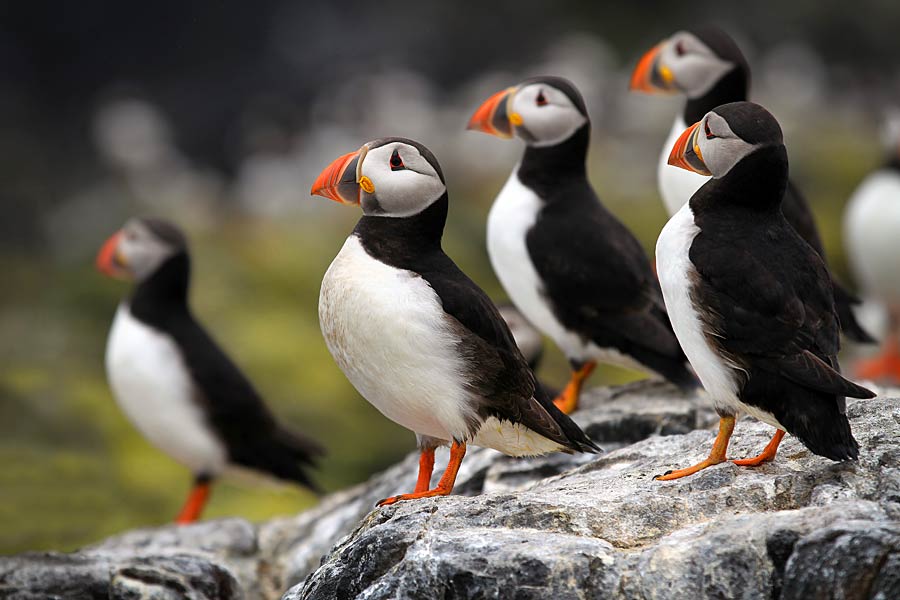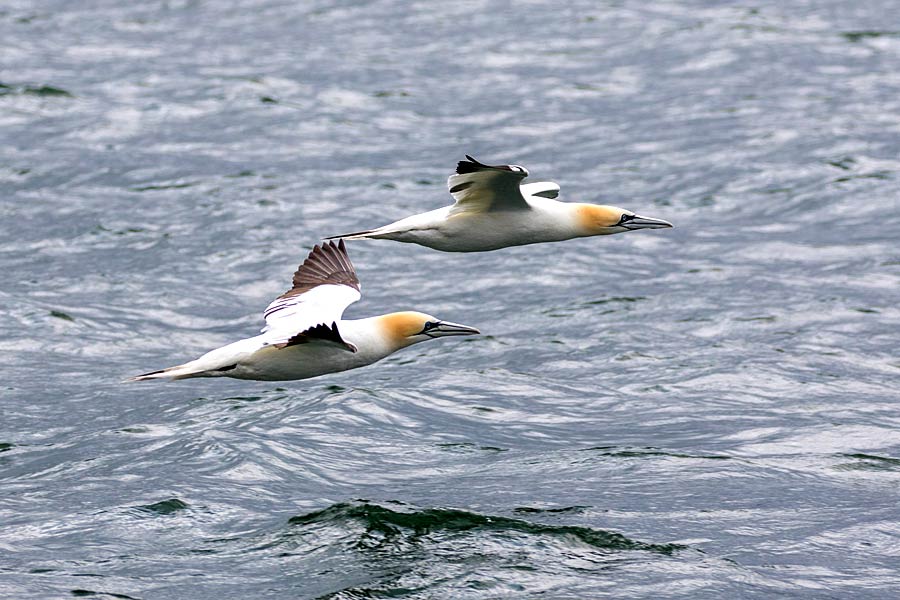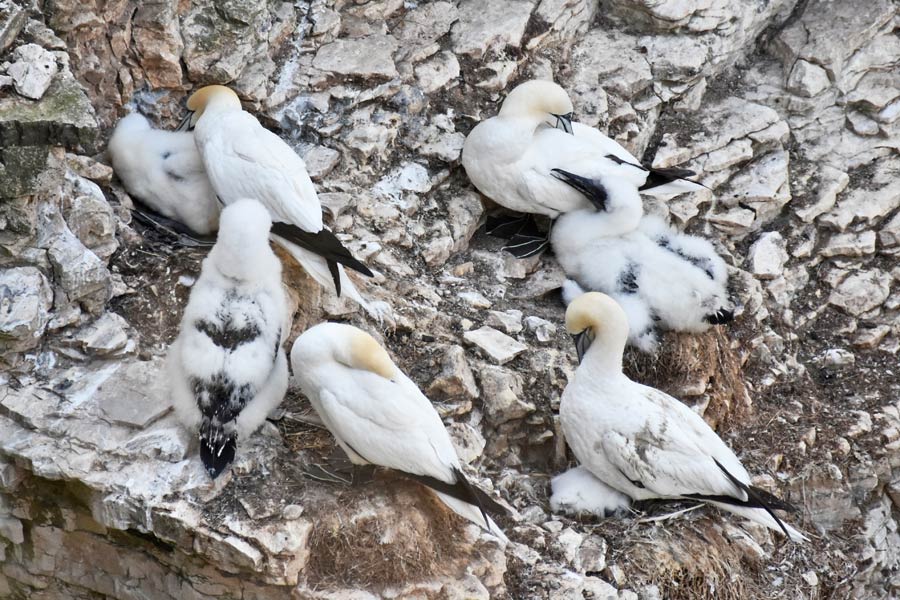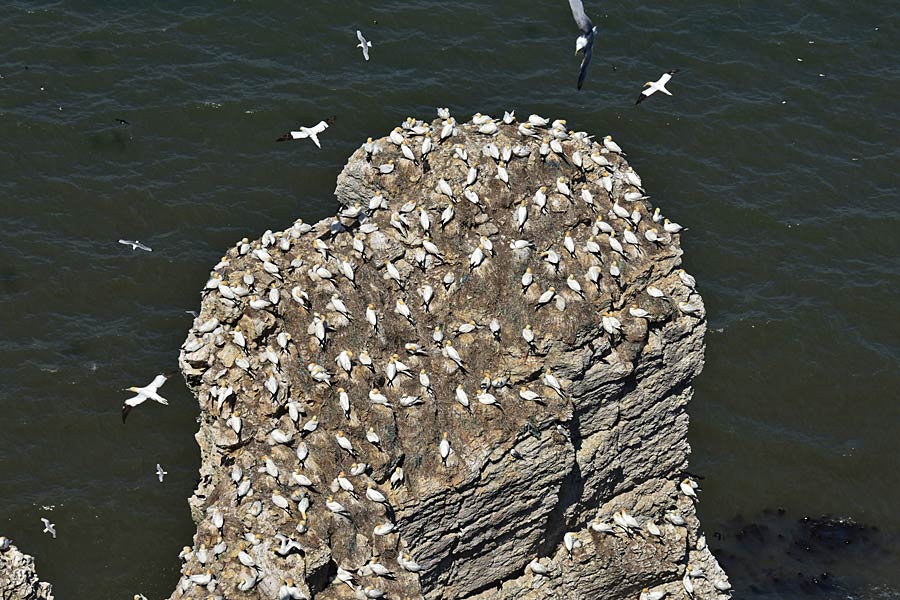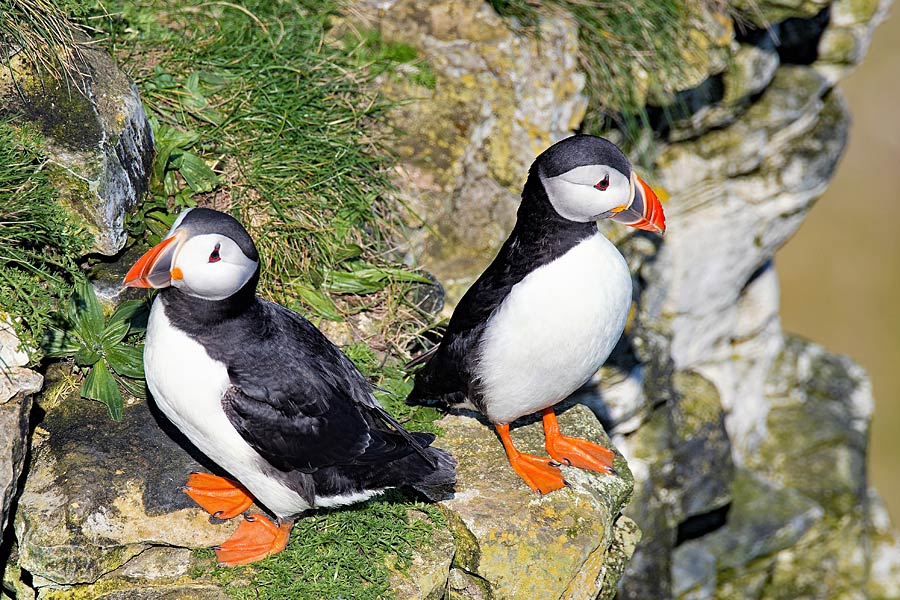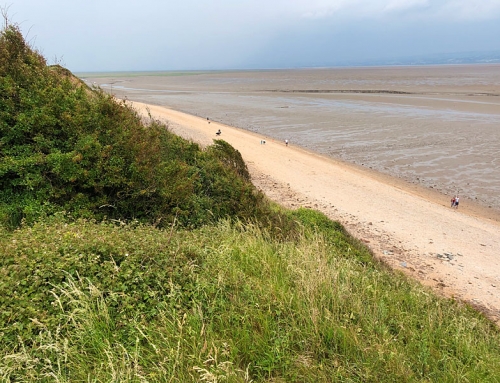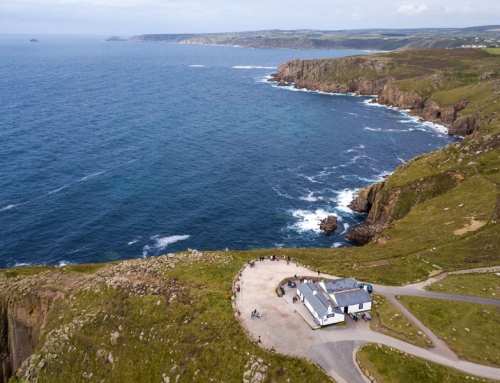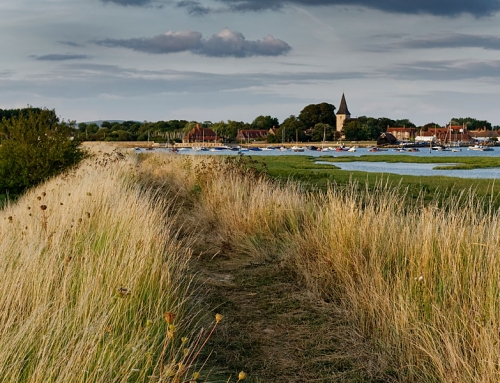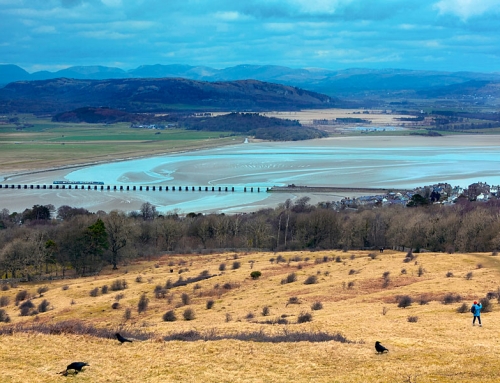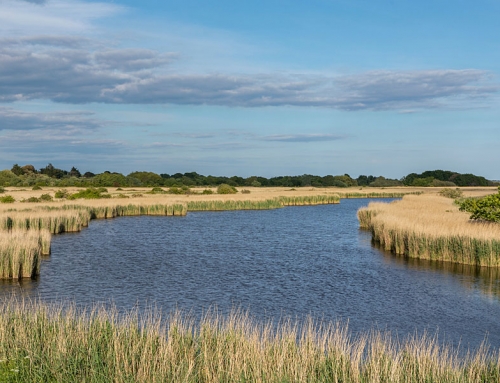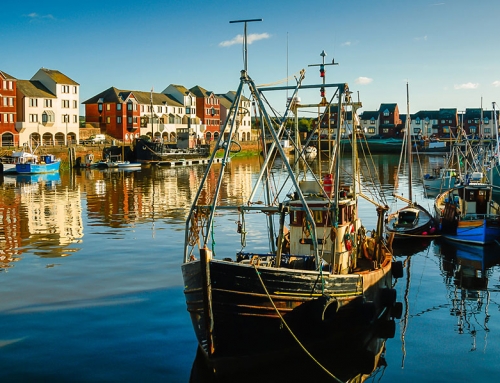Explore the spectacular cliffs and their seabird colonies at Flamborough Head and Bempton, with Fiona Barltrop
‘KITTEE-WAAKE, KITTEE-WAAKE, KITTEE-WAAKE.’ In spring and summer the insistent cry of the onomatopoeically named gull fills the air from the cliff-tops around Flamborough Head and Bempton. Kittiwakes are the noisiest of the seabirds that nest on the narrow cliff ledges here, but they are only some of the estimated 250,000 that come to breed on these chalk cliffs every year. Other species includes gannets, guillemots, razorbills, fulmars and puffins. It’s a spectacle that shouldn’t be missed (at the RSPB’s reserve at Bempton Cliffs there are specially-created cliff top viewpoints) but even without the birds these cliffs are spectacular enough in their own right. Though most of the seabirds will have departed by the autumn, there are still a good many gannets to be seen on the Bempton Cliffs as late as October, and migrant visitors will be arriving.
This is the most northerly chalk land in Britain and the end of the Yorkshire Wolds which form a crescent stretching from the Humber to the North Sea. The Yorkshire Wolds Way, one of the quietest of the National Trails, begins on the banks of the Humber and finishes at the headland of Filey Brigg in the north, sadly missing out on the cliffs of Flamborough Head and Bempton. (Should you walk it, make sure you allow an extra day at the end to visit these cliffs if you’ve never done so.)
This is the most northerly chalk land in Britain and the end of the Yorkshire Wolds which form a crescent stretching from the Humber to the North Sea.
Chalk cliffs
Though I’d walked the North Yorkshire coastline (which forms part of the Cleveland Way, stretching from Saltburn to Filey — now itself part of the even longer England Coast Path) on a number of occasions in the past, it wasn’t until recently I first set foot on the chalk cliffs of East Yorkshire. Better late than never! Living, as I do, close to chalk land in the south-east of the country, namely the South Downs, it is a terrain on which I feel very much at home. While there is no more beautiful chalk cliff view in this country in my opinion than that looking across Cuckmere Haven to the Seven Sisters along the Sussex coast, the East Yorkshire cliffs around Flamborough Head and Bempton are every bit as impressive, and indeed have a greater variety of features (caves, arches, stacks and stumps). And the small colony of kittiwakes at Seaford (in Sussex) certainly can’t compare with the numbers of seabirds here.
Coast paths usually lend themselves best to linear walks, the exception being peninsulas or headlands, which are obviously well suited to circuits. As a glance at the map will show, there’s a bit of road walking involved if you want to include both Bempton Cliffs and Flamborough Head in a circuit. But they’re country lanes, with a pathway, verge or pavement alongside for some of the distance. Conveniently enough I was staying at a cottage at Field House Farm along the road route, not far from the coast at Sewerby. ‘I hope it’s more attractive than it sounds’, commented a friend when I mentioned the name of the place. ‘Oh, it’s lovely’, I replied, referring to the cottage, going on to explain about the origin of the name Sewerby: it’s recorded in the Domesday book as Siwardbi, which means the (by) abode of Siward, a Danish name. Cyclists will know it as the starting point for the Tour de Yorkshire this year. Even well after the event I found colourful blue and yellow bikes secured to posts or strung up along the roadside (a tree in one case, a pub wall in another) as I walked towards the coast.
Puffins close-up
From here it was simply a matter of turning left and keeping the sea on my right to Bempton Cliffs. It’s fairly level most of the way, and the cliff scenery improves as you approach Flamborough Head. Having never seen puffins relatively close up before, I must say they were the highlight of the walk for me, the best views being at Bempton Cliffs. With much to look at along the way I didn’t hurry, and was rewarded with a lovely sunset at the end. Thereafter it was just a couple of miles back along the quiet lanes to my welcome abode.
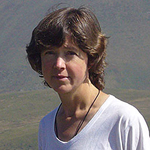
Fiona Barltrop
This article first appeared in The Great Outdoors (TGO) magazine in March 2016, and is re-published here with the author’s permission. Copyright © Fiona Barltrop 2016. All rights reserved.
Fiona Barltrop is a freelance outdoor writer and photographer, with a particular love for coastal walking. She has been a regular contributor to UK walking magazines, including The Great Outdoors and Country Walking, for many years. She is also a member of the Outdoor Writers and Photographers Guild and available for commissions.
Contact: fiona2barltrop@gmail.com
Books and maps for this part of the coast


